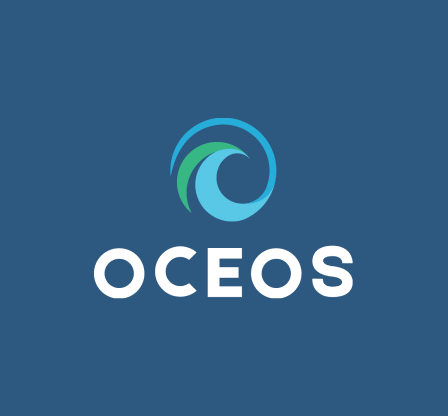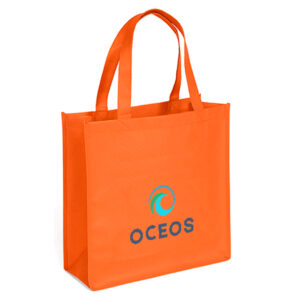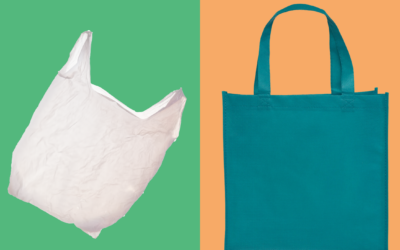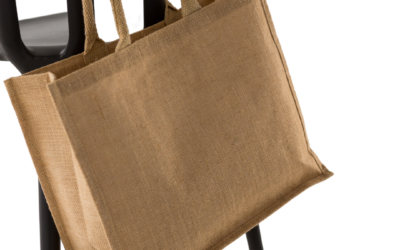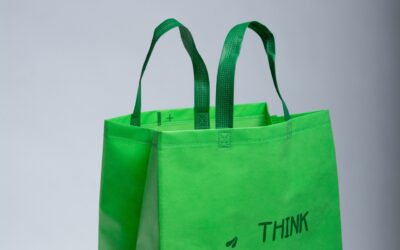Discover how eco-friendly packaging influences consumer behavior and contributes to brand success in today’s sustainability conscious era.
Our Products




Dimensions:
Imprint Areas:
USP of material
Nonwoven fabrics are broadly defined as sheet or web structures bonded together by entangling fiber or filaments (and by perforating films) mechanically, thermally, or chemically.
They are flat, porous sheets that are made directly from separate fibers or from molten plastic or plastic film. They are not made by weaving or knitting and do not require converting the fibers to yarn.
Frequently Asked Questions
1. How do we get an accurate quote?
- Dieline of your desired bag.
- If you do not have a dieline, please send us a photo of your desired bag and dimensions.
- Preferred material
RPET (recycled polyethylene terephthalate) made from ocean-bound plastic, non-woven polypropylene, jute, hemp, or bamboo. - Logo (how many colors)
1 color, 2 colors, full-color print - Print Requirements (how many sides of the bags shall be printed on? 1 side, 2 sides, all sides)
- Quantity
- Shipping Address/Requirements
- Any other needs/specifications
2. Can I request samples?
Non-woven polypropylene reusable bags are made from bonded fibers, created from natural gas. Non-woven polypropylene is known for its strength and durability, making it an ideal material in reusable tote bags and shopping bags. Recycling symbol for polypropylene is 5, recyclable plastic. Reusing and recycling the bags can prevent pollution of the land and water.
RELATED BLOG POSTS
Why Jute Bags are Becoming Increasingly Popular
Learn about the benefits of jute bags: eco-friendly, reusable, strong, durable, water-resistant, and stylish. Choose a great option for your consumers.
Do Consumers Care About Sustainable Packaging?
Discover why sustainable packaging is not just a trend, but a necessity. Learn how companies can benefit from using eco-friendly packaging.
